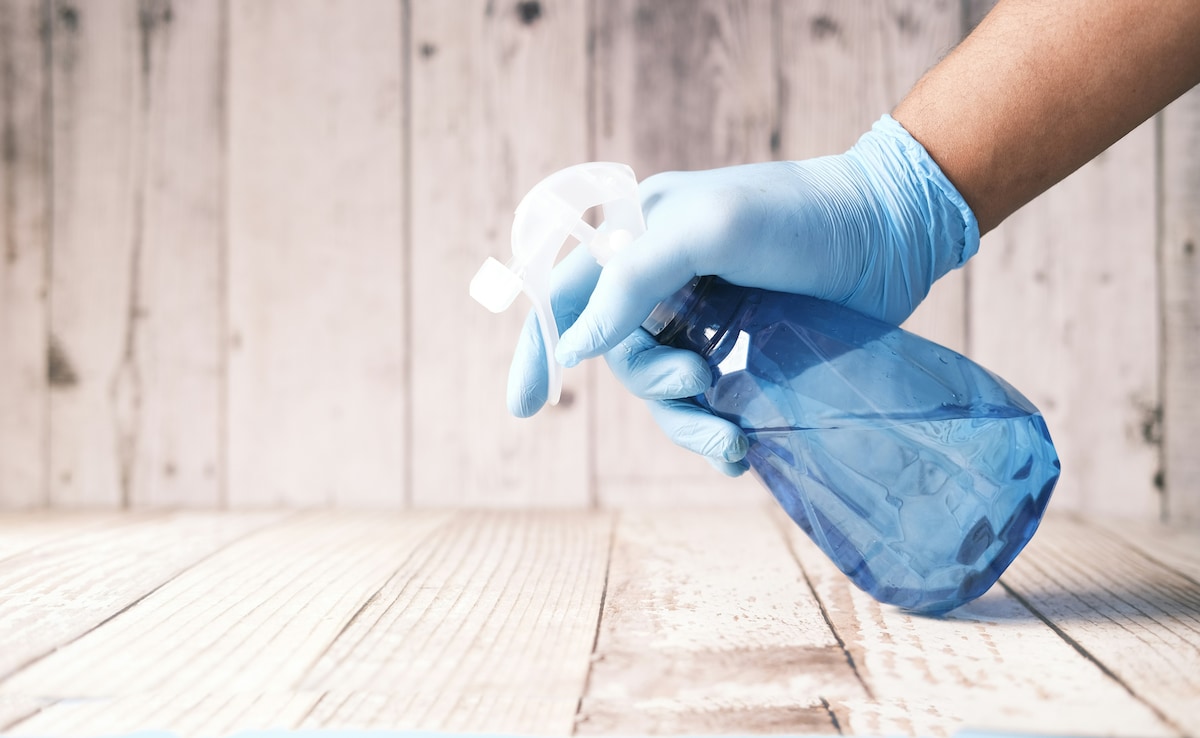Understanding the Importance of Post-Flu Disinfection
The flu, scientifically known as influenza, is a highly contagious respiratory illness that can disrupt daily life. This virus spreads primarily through respiratory droplets released when an infected person coughs, sneezes, or even talks. Contaminated surfaces can also serve as a medium for infection. Common symptoms include fever, sore throat, muscle aches, fatigue, and sometimes gastrointestinal issues. After recovering from the flu, it’s vital to disinfect your home to prevent the virus from lingering, thereby reducing the chances of reinfection or spreading it to other members of your household. This article will elucidate the importance of cleaning your environment post-flu and provide actionable steps for effective home disinfection.
Who, What, Where, When, Why, and How of Flu Disinfection
**Who:** Anyone who has recently recovered from the flu or is responsible for caring for someone who has contracted it should take immediate action.
**What:** Disinfecting your home involves cleaning various surfaces, items, and spaces that may have come into contact with the virus.
**Where:** The areas of focus generally include high-traffic rooms, bathrooms, kitchens, and personal spaces where the infected individual spent a considerable amount of time.
**When:** It’s best to disinfect as soon as the flu symptoms wane and the infected individual begins to recover.
**Why:** Influenza viruses can survive on hard surfaces for up to 48 hours, making it crucial to eliminate these pathogens to ensure the safety and health of everyone in the home.
**How:** The process involves wearing protective gear, using the right disinfectants, and following a structured cleaning routine focused on high-touch areas.
By understanding these elements, you can effectively safeguard your home from lingering flu viruses.
Ten Effective Steps for Disinfecting Your Home
1. **Start with Ventilation:**
Begin the disinfection process by ensuring good air circulation. Open windows and doors to let fresh air in, which will help to dilute any airborne viruses and improve indoor air quality.
2. **Wear Protective Gear:**
Equip yourself with gloves and a mask. This precaution is especially important if you are still in recovery or have other health vulnerabilities.
3. **Focus on High-Touch Surfaces:**
Concentrate on disinfecting frequently touched areas such as doorknobs, light switches, remote controls, and countertops. Utilize an EPA-approved disinfectant or a homemade bleach solution (1 part bleach to 10 parts water) to ensure effective cleaning.
4. **Wash Linens and Towels:**
Always launder bedding, towels, and clothing used by the sick individual with the hottest water setting. High heat drying is essential to kill any remaining viruses. Avoid shaking dirty laundry to prevent the spread of germs into the air.
5. **Sanitize Personal Items:**
Thoroughly clean personal belongings like smartphones, glasses, water bottles, and toothbrushes. For toothbrushes, consider replacing them or soaking them in antiseptic mouthwash to eliminate viral residues.
6. **Disinfect Soft Surfaces:**
Pay special attention to upholstered furniture, carpets, and mattresses by using fabric-safe disinfectant sprays or steam cleaners, especially in areas where the sick person spent significant amounts of time.
7. **Clean Bathrooms Thoroughly:**
Bathrooms are prime areas for germs due to frequent use. Make sure to disinfect sinks, faucets, toilet handles, and shower areas, and replace hand towels with fresh ones. Using disposable tissues can further enhance hygiene.
8. **Sanitize Kitchen and Dining Areas:**
Ensure that all dishes, utensils, and cookware used by the sick individual are washed with hot, soapy water. Wipe down dining tables, chairs, and kitchen counters with disinfectant to eliminate any possible viral presence.
9. **Clean and Replace Air Filters:**
If you use air purifiers or have HVAC systems in your home, clean or replace the filters. This helps remove any trapped viruses from the air and improves overall indoor air quality.
10. **Dispose of Trash Safely:**
Gather used tissues, masks, and other contaminated items in a sealed bag for immediate disposal. Wash your hands thoroughly after handling trash to prevent any unintended contamination.
By adhering to these guidelines, you can create a cleaner and safer environment, significantly reducing the risk of the virus spreading or lingering post-recovery.
Additional Resources for Better Health Practices
After taking the necessary steps to disinfect your home, it’s vital to maintain general health practices to ensure that your home remains virus-free. For more information on proper cleaning practices, refer to the related articles on hamslivenews.com or visit the CDC’s official flu prevention page for additional insights on remaining healthy this flu season.
For further reading on general home disinfection and safety protocols, you can check out the[World Health Organization’s guide](https://www.who.int/news-room/questions-and-answers/item/flu) and[Mayo Clinic’s flu prevention tips](https://www.mayoclinic.org/diseases-conditions/flu/symptoms-causes/syc-20349693).
By proactively addressing cleanliness and understanding the implications of flu viruses, you can ensure a healthier living space for yourself and your loved ones. Stay vigilant and take action not just after the flu but regularly to maintain a spotless environment conducive to well-being.


